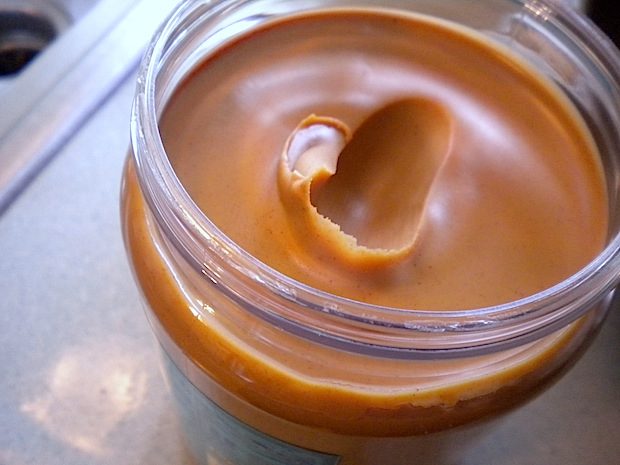
As American as apple pie, peanut butter has made its mark on American cuisine since the beginning of the 20th century. Whether it’s teaming up with jelly on bread or is the featured ingredient in cookie dough, it’s an enduring favorite that you can find at all times in as much as 75% of american kitchens. Here are 10 facts to enlighten you about America’s favorite spread.
1. Peanuts are not actually nuts
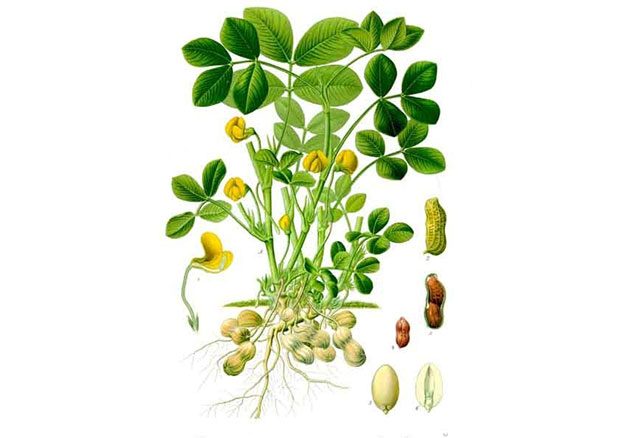
Their nutty taste and visual aspect make people think of them as nuts when peanuts are in fact classified as legumes, and they are grown underground. Image source: wikimedia.org.
2. The first patent for peanut butter was actually Canadian!
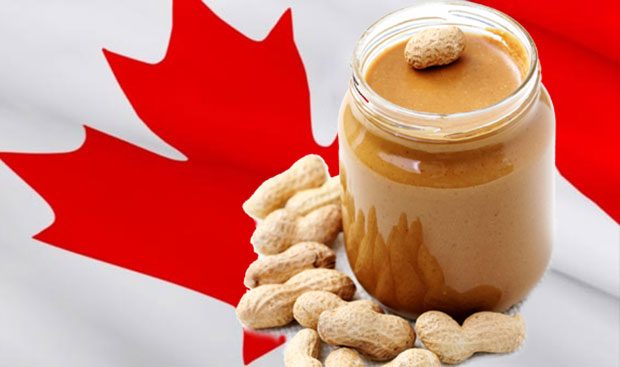
Marcellus Gilmore Edson (February 7, 1849 – March 6, 1940) of Montreal, Quebec was the first to patent peanut butter, in 1884. His rather liquid product once cooled had “a consistency like that of butter, lard, or ointment” according to his patent application. He included the mixing of sugar into the paste so as to harden its consistency. Edson being a pharmacist, issued the patent in United States in 1884 and developed the idea of peanut paste as a delicious and nutritious staple for people who could hardly chew on solid food, a condition that was quite common back in those days. The patent describes a process of milling roasted peanuts until the peanuts reached “a fluid or semi-fluid state”.
3. Americans eat about 700 million pounds of peanut butter every year
That’s about 350 millions kilograms! The average American eats 2500 peanut butter and jelly sandwiches before they graduate from high school!
4. Dr. John Harvey Kellogg popularized it
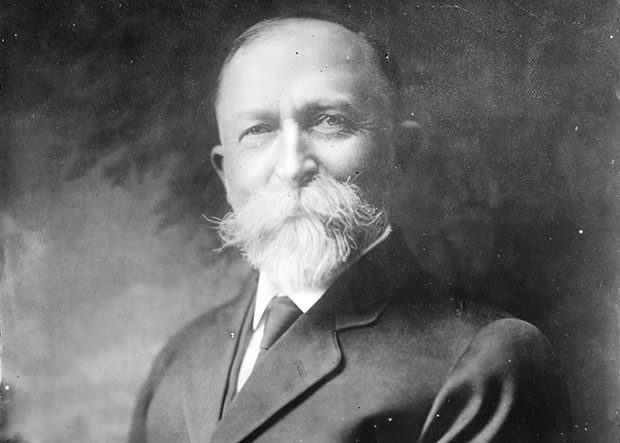
Famous for the cereal brand, he ran a respected Michigan sanitarium in the late 19th century patented a process for making peanut butter out of steamed peanuts in 1898. He marketed peanut butter widely as a healthy alternative protein source for vegetarians and also for elderly toothless patients who could not chew meat. He certainly did not invent peanut butter but he popularized it as a healthy food. Image source: Wikimedia.org
5. In the US, “peanut butter” must contain at least 90% peanuts
Otherwise it must be called “peanut spread”. This percentage amount has been the subject of a 12-years long legal battle between the FDA and manufacturers lawyers.
6. George Washington Carver encouraged southern farmers to grow peanuts
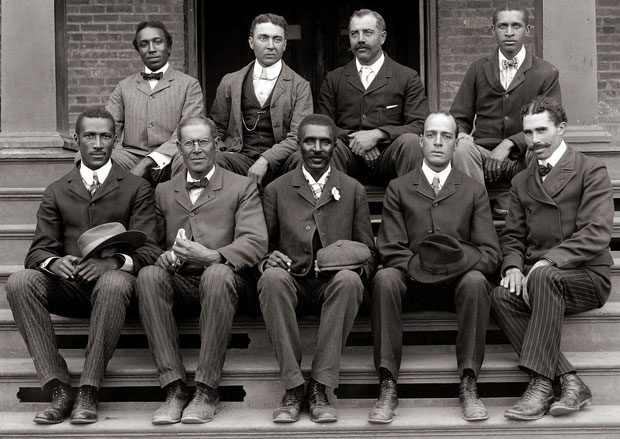
At the beginning of the 20th century, Carver (center in the front row) recommended to progressively regenerate soils depleted by intensive culture of cotton by growing the peanut plant among other legumes. He improved the growability of the peanut plant and invented hundreds of uses for it, from peanut milk to glue to print ink. When the price of peanuts began to drop, many poor southerners started consuming them because they were cheap and nutritious. Image source: Wikimedia.org.
7. Peanut butter brought massive revenues
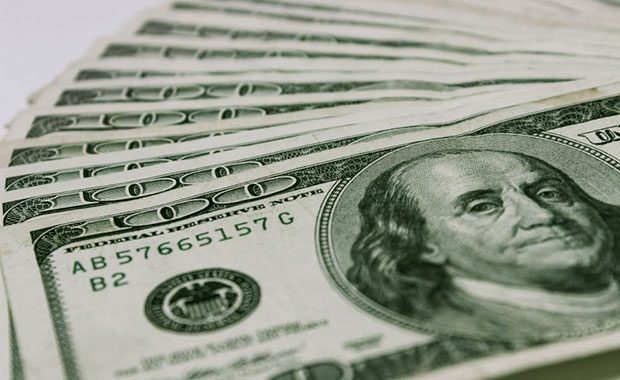
George Bayle, a St. Louis businessman began selling peanut butter as a snack food in the 1900’s. He sold massive amounts of it during the 1904 St. Louis World’s fair as small dollops, spread on crackers, at a penny per sample. His peanut butter sold out in 3 days and made the vendor more than $700 dollars profit (approx. $17,000 nowadays, in only 3 days!).
8. How to prevent rancidity in your peanut butter
Keep your jar of natural-style peanut butter in the refrigerator. Buy the smaller sized jars if you don’t go through a lot of peanut butter regularly.
9. The earliest recipes for PB&J sandwiches come from the turn of the 20th century
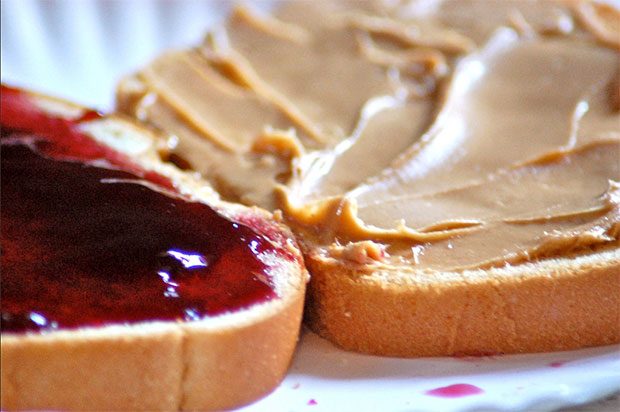
Manufacturers in the 1920’s hydrogenated peanut butter for better shelf stability and began to add sugar, which made it more appealing to kids. With the advent of sliced bread and as a consequence of low cost, high nutrition, and ease of assembling, peanut butter sandwiches became popular as a child-friendly food during the depression. Jelly was added to the sandwiches by depression-era mothers because it kept the peanut butter from sticking to the roof of small children’s mouths, making it easier for them to eat. Big promoters of the peanut butter and jam sandwiches, the soldiers of WWII were mostly young men who had grown up eating them all throughout the 1930’s, and so they continued the practice as adults, mixing their peanut butter ration and their jelly ration together. Image: Flickr user Katheirne Hitt.
10. How to Stir separated natural peanut butter without spilling oil everywhere
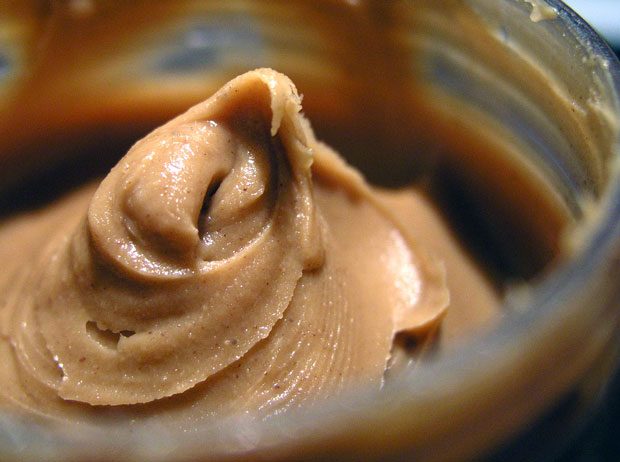
Simply store your peanut butter upside down. The oil that accumulated at the top of the jar will slowly work its way to the bottom, redistributing throughout and leaving you with smooth, creamy peanut butter until the very last spoonful. Just make sure to keep the lid tightly sealed to avoid any leaks. Image source Wikipedia under CC BY-SA 3.0
Sources and references:
- Creamy and Crunchy: An Informal History of Peanut Butter, the All-American Food, by Jon Krampner
-
101 Things to Do with Peanut Butter, by Pamela Bennett
Picture by Denise Krebs

